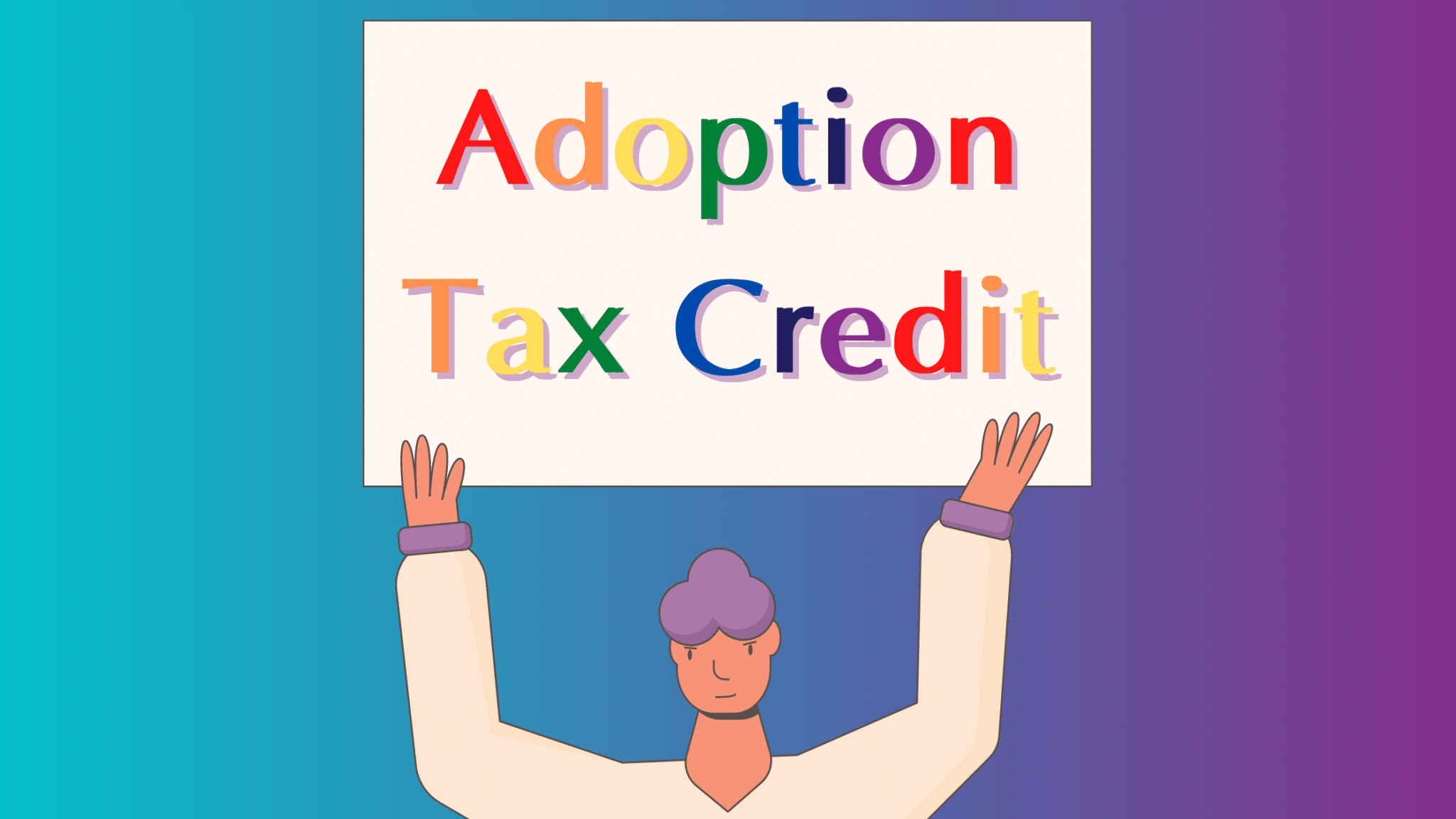Family is at the core of what we think of as Personal Finance. From our spouses, ex-spouses, children, and savings for their education and future, Family is one of the driving forces behind our economic and tax decisions.
The tax code dates from an era where a two parent, single breadwinner with a spouse that either has no outside the home earnings or limited earnings. The very concept of the “marriage penalty” was based on the idea that the tax brackets didn’t double for married people as two singles. For most people, getting married lowered their tax burden, but for similarly earning high income individuals, taxes went up upon marriage, making the tax brackets discouraging of family formation. This requires new tax planning strategies, and since the IRS looks to your state on December 31st, you may wish to review these personal finance assumptions prior to your wedding date.
In the 21st Century, the traditional assumption of family units may no longer handle the needs of all Americans. The very nature of a “taxpayer” and their “spouse” has certain dated connotations that reinforces the challenges that woman have in the financial industry.
One of the biggest challenges for family finances is the matter of paying for education for children. While financial aid has gotten more generous at private schools for lower income individuals, the economic squeeze of the past two decades has made it difficult for middle income families to put away sufficient savings despite the proliferation of 529 accounts.
The modern family is squeezed by increasing home prices, leading to higher mortgage payments even at low rates, and a job market where wages have barely budged for lower income families. This makes family oriented financial planning even more important. With longer life spans parents will likely be able to accumulate the wealth necessary, but not necessarily by the time their children go to college. Creating multi-generational tax planning will be critical for families to preserve and grow wealth in the decades to come.














